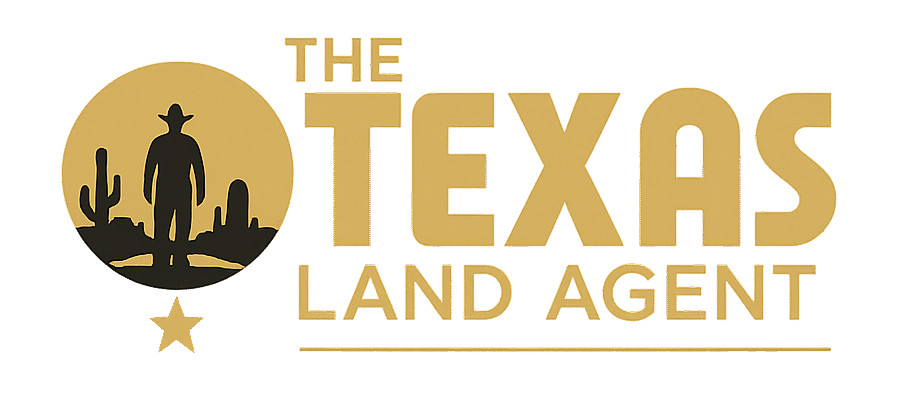What Is a Property Easement?
Property easements give someone else the legal right to use part of your property for a specific purpose. Think of it as sharing a small piece of your land while maintaining ownership. Common examples include utility companies accessing power lines or neighbors using a pathway across your property to reach a road.
The Two Main Categories of Property Easements
Affirmative Easements
These easements grant permission to do something on your property, like allowing a utility company to maintain their equipment or letting a neighbor use your driveway.
Negative Easements
These restrict what you can do with your property. For example, they might prevent you from building structures that would block your neighbor’s scenic view or solar access.
Common Types of Real Estate Easements
Utility Easements
Most properties have utility easements, giving service providers the right to:
- Install and maintain power lines
- Access water and sewer lines
- Service telecommunications equipment
- Perform necessary repairs and updates
Private Easements
These agreements between property owners might include:
- Shared driveways
- Access routes to landlocked property
- Rights to use recreational areas
- Solar panel access rights
Easements by Necessity
When the property has no direct access to public roads, these easements ensure the owner can reach their land through neighboring property.
How Easements Affect Property Owners
Before purchasing property, consider how easements might impact:
- Your ability to build or renovate
- Property maintenance responsibilities
- Access to your land
- Overall property value
Creating and Terminating Easements
Easements can be created through:
- Written agreements (express easements)
- Historical use (prescriptive easements)
- Legal necessity (court-ordered easements)
Terminating an easement typically requires:
- Legal documentation
- Agreement from all parties
- Sometimes, court intervention
Key Considerations for Property Buyers
When considering a property with easements:
- Review the title report carefully
- Understand all existing easements
- Consult a real estate attorney
- Consider how easements might affect future plans
- Evaluate the impact on property value
Protect Your Property Rights
Understanding easements helps you:
- Make informed real estate decisions
- Protect your property rights
- Avoid legal disputes
- Plan future property improvements
- Maintain good relationships with neighbors
Professional Guidance
Always work with qualified professionals when dealing with easements:
- Real estate attorneys for legal advice
- Title companies for thorough searches
- Real estate agents for property information
- Surveyors for exact easement locations
Remember: easements are common in real estate, but their impact varies significantly. Understanding any easements on a property you own or plan to purchase can prevent future problems and protect your investment.
Make certain to check out a recent blog on mineral rights ….
T
Check out our home page to find land near you! North Realty Group
Check out our home page to find land near you! North Realty Group




